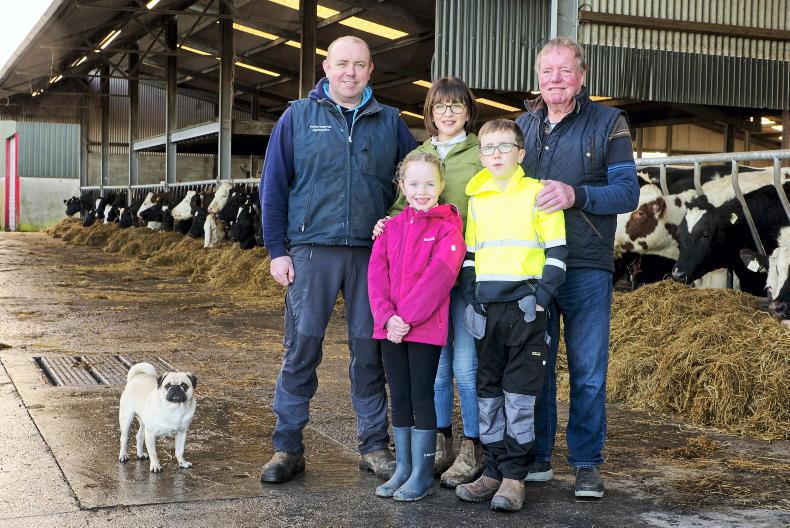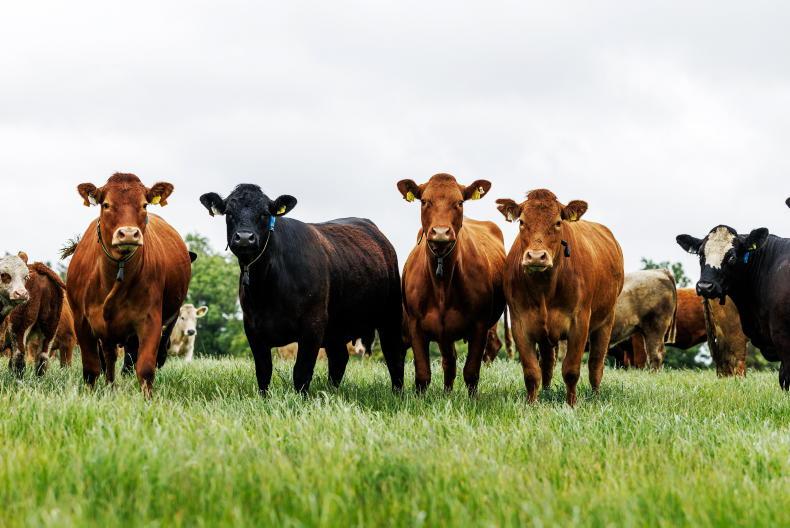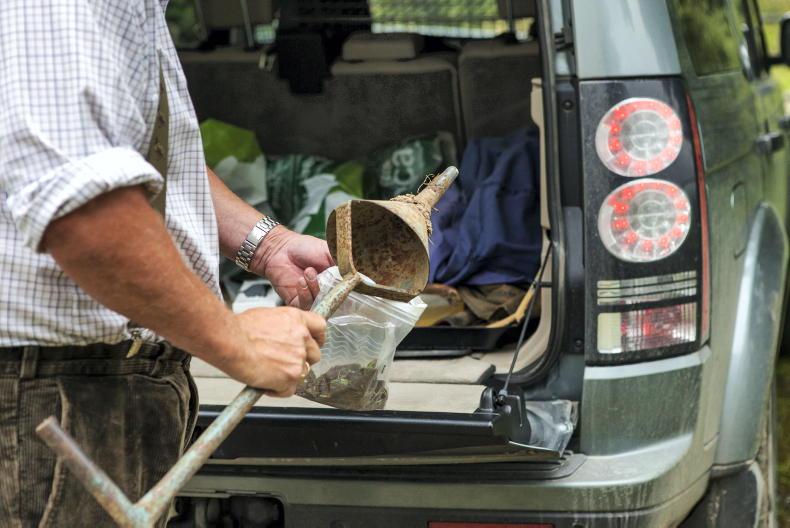Spending money and time on improving sheep genetics offers a quick return on investment, an animal breeding expert has said.
“A small amount of investment in genetics has a huge impact at an industry level. We think it exceeds £10m per annum [in the UK sheep sector], due to cumulative gains from genetic improvement,” said Sam Boon from Signet.
Speaking in Cairncastle, Co Antrim, last week, Boon said performance-recording and genomics are allowing the rate of genetic gain in the UK sheep sector to speed up.
At present, there are 50 different traits that are influenced by genetics, which can be performance-recorded within ram breeding flocks in the UK.
Terminal breeds are less complex than maternal breeds, as the breeding values tend to focus on fewer traits, such as ease of birth, growth rates and carcase quality.
“Breeding values for maternal breeds are a lot more complicated, as there are more traits to consider. Progress, therefore, tends to be slower, but it is three or four times more important because the genetics from a maternal ram are expressed by his daughters year after year,” Boon said.
Genetic gain
In his presentation, Boon highlighted various factors that influence the rate of genetic gain in livestock, such as how long it takes new genetics to enter a herd or flock – known as generation interval.
“The beauty of sheep is that we can have a relatively fast generation interval, compared to cattle,” he explained.
Flock size is another important factor that influences genetic gain and Boon gave the example of the event host, Campbell Tweed, who performance-records 4,000 Easycare lambs each year.
“I will make a lot more progress if I can pick the best ram from 4,000, or even 400 lambs, rather than from 20 or 30. Even if they are very good sheep, it is harder work when there are fewer to select from,” Boon said.
Performance data from lambs in Campbell’s flock is evaluated under both the UK-based Signet system and Sheep Ireland, which is based in the Republic of Ireland.
“There is a really strong relationship between the two. At the end of the day, if you send in 4,000 weight records for lambs into a block analysis, you expect a very similar ranking between the two,” Boon said.
Worms
Campbell is also involved in a project which aims to breed sheep that are both resilient and resistant to internal parasites. Boon explained that having resilience to worms means a lamb can have a high worm burden and shed eggs onto pasture, but it doesn’t affect it’s performance.
Resistance is slightly different, as it means a lamb has an immune response to worms which stops it from shedding eggs, although this requires energy, which can impact other performance traits.
“A balance of resilience and resistance is really important, so we are selecting for performance, but also selecting for an ability to withstand that pressure and not put eggs out on to pasture,” Boon said.
He explained a new focus in worm resistance breeding involves analysing blood serum samples. In particular, researchers have found specific antibodies in blood which relate to the immune response to worms.
“To our surprise and interest, it has quite a high heritability for a health trait. About 35% of it is due to an animal’s genetics and we are still learning,” Boon said.









SHARING OPTIONS